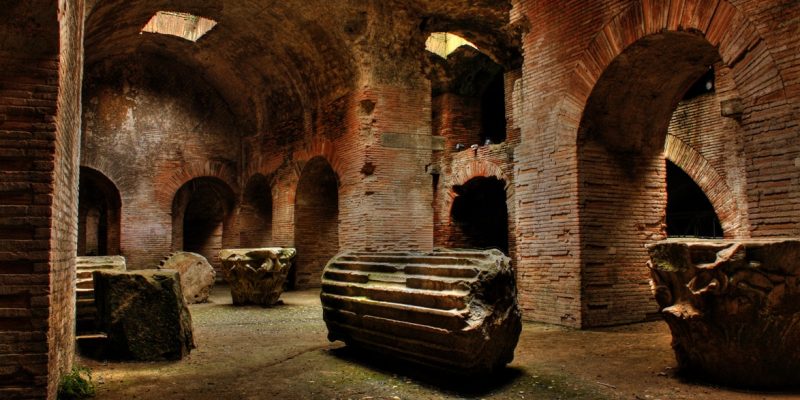When a stone block leaves the quarry, its surface is rough, irregular, and apparently limited in applications. However, that first impression is only the beginning of a transformation process. It is through finishes that natural stone reveals its full potential, adapting to different architectural uses and aesthetic expressions.
Finishing as a strategic decision
A single block of sandstone or limestone can become a non-slip pavement, a sober façade cladding, or a high-gloss countertop, depending on the surface treatment it receives. The choice of finish is a strategic decision: it is not only visual, it also influences resistance, maintenance, and durability.
At SAEZ Sandstone we understand finishes as a bridge between nature and design. Each texture not only communicates an aesthetic but also solves a technical requirement.
Main types of finishes
-
Polished: provides a shiny and smooth surface that maximizes the natural colors and veins of the stone. It is ideal for representative interiors and spaces where elegance is required.
-
Sandblasted: produced by projecting sand at high pressure onto the surface of the stone. The result is a matte, homogeneous, slightly rough texture, highly valued outdoors for its resistance and natural look.
-
Bush-hammered: created by striking the surface with a pointed tool. It produces a uniform, rough relief that is perfect for non-slip pavements or façades with character.
-
Flamed: mainly applied to stones with a high quartz content, this method exposes the surface to intense flames that generate micro-fractures. The effect is a natural, rough texture with excellent wear resistance.
History and tradition of natural stone finishes
Stone finishes have a long history. In classical architecture, temples and palaces displayed polished surfaces that reflected light and conveyed solemnity. In medieval squares, on the other hand, rougher textures dominated, able to withstand constant foot traffic and daily use. This cultural heritage remains visible today: each finish communicates an intention, a function, and a dialogue with its environment.
Over time, stonemasons perfected their manual techniques, and later mechanization opened the door to more homogeneous production. Today, digital technology allows precise control of every parameter, yet the essence remains the same: to interpret the stone and give it the finish best suited to its function.
Aesthetic and functional roles
Each finish plays a dual role:
-
Aesthetic, by enhancing colors, highlighting or softening veins, and shaping how light interacts with the surface.
-
Technical, by determining how the stone performs in use. A polished finish may be perfect for an interior lobby but unsuitable for a public square where non-slip safety is a priority.
This duality makes finishes a design tool. It is not just about beautifying the stone, but about giving it the right response for each environment.
Innovation and versatility
Finishes have also evolved. Today it is possible to combine traditional techniques with digital control tools that ensure uniformity even across large surfaces. This innovation makes it possible to meet international project requirements where material consistency is essential.
Furthermore, the versatility of finishes opens the door to new uses: from urban furniture to contemporary interior claddings that aim to express both natural authenticity and modernity. The same material can belong in classical spaces and avant-garde projects thanks to the richness of its finishes.
Application examples
In public spaces such as squares or pedestrian walkways, a bush-hammered finish provides the safety of a non-slip pavement designed to withstand intensive use. In airports or railway stations, sandblasted surfaces guarantee durability and consistency across large expanses. In high-end interiors, polished stone becomes a synonym of elegance, reflecting light and highlighting color in a striking way.
Each project poses a different challenge, and in the finish lies much of the answer.
Sustainability and resource efficiency
Finishing is also integrated into circular economy practices. Many offcuts that are not suitable for large formats are transformed into smaller elements —curbs, steps, or furniture— that receive high-quality finishes as well. This ensures that every fragment of stone finds a dignified and sustainable use.
In addition, a well-executed finish prolongs the lifespan of the material and reduces maintenance needs, contributing to more responsible and durable construction.
Conclusion
Finishing is the stage where natural stone reveals its true identity. Beyond the raw block, it is here where it acquires character, functionality, and architectural value.
At SAEZ Sandstone, we see finishes as an extension of design: technical and aesthetic decisions that ensure each piece fulfills its function and elevates the experience of the space. Because on the surface of stone, it is not only light that reflects —it is the quality of the project itself.


